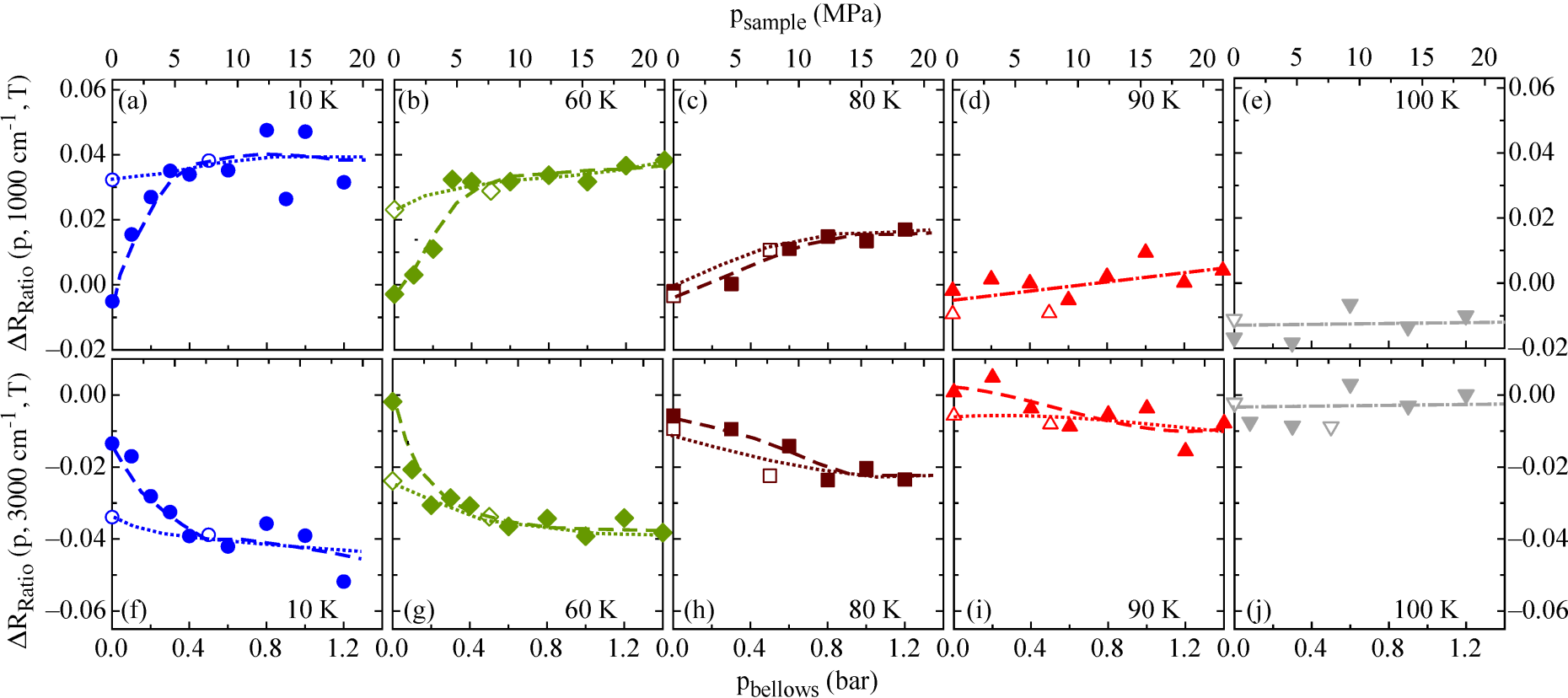Optical anisotropy in the electronic nematic phase of FeSe
Superconductivity at high temperature often develops in proximity to symmetry-breaking states. The nematic state, in which the electron system breaks a discrete rotational symmetry of the crystal lattice without altering the existing translational symmetry, has emerged as a key concept in iron-based superconductors and may be intimately related to the pairing mechanism of superconductivity.
In Ba(Fe1-xCox)2As2 (122 iron-pnictides), as in most Fe arsenide and chalcogenide superconductors, the structural phase transition either accompanies or precedes the onset of long-range magnetic order and therefore the nematic and magnetic states are likely intertwined with each other. Consequently, the effects of the Fermi surface folding and thus of its reconstruction because of the antiferromagnetic order make it difficult to unambiguously address the intrinsic properties of the nematic state over a large temperature range. In this context, FeSe is very well suited in order to shed light on nematicity, since it harbors a tetragonal-to-orthorhombic structural phase transition at Ts ≃ 90 K, where the lattice breaks the C4 rotational symmetry, in the absence of any subsequent, ambient pressure long-range magnetic order. FeSe is then superconducting below Tc = 8 K.


We measure the reflectivity (R(ω)) on FeSe that probes the optical response to variable uniaxial stress at temperatures below and above Ts, in the energy interval from the infrared up to the visible spectral range. Our measurements at T < Ts reveal a strong polarization dependence of the reflectivity spectra with respect to the orthorhombic axes and clearly demonstrate that the electronic anisotropy associated with the orthorhombicity extends far from the Fermi energy and also persists in the superconducting state. While the observed hysteretic behavior (Fig. 2.20) of the stress-dependent optical anisotropy in FeSe at T ≤ Ts shares some qualitative similarities with our earlier findings in the electron doped 122-materials, it yet displays an even more complex behavior than in Ba(Fe1-xCox)2As2, with two sign changes on increasing frequency (i.e., the polarization dependence of R(ω) is opposite in distinct energy intervals).
Moreover, we discover that the stress-induced orthorhombic distortion above Ts may couple differently to the complex orbital order occurring in FeSe than in Ba(Fe1-xCox)2As2 (Fig. 2.21). This reveals important peculiarities of the two classes of materials in the response of their electronic structure to nematicity. Our results favor models for the nematic phase, which have to go beyond a simple ferro-orbital order scenario, as recently envisaged by ARPES data.